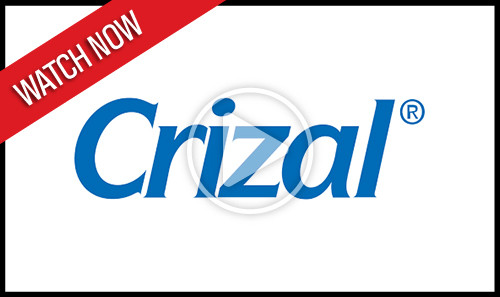Hearing Screenings –a quick check to identify individuals who may have hearing loss. It involves exposing individuals to different sounds and assessing their responses to determine if further evaluation by an audiologist is needed.
Comprehensive Hearing Evaluations - a thorough assessment performed by an audiologist to determine the nature, degree, and possible causes of hearing loss. It involves a series of tests such as pure-tone audiometry, speech audiometry, tympanometry, and may also include additional assessments to evaluate the specific aspects of hearing function and anatomy.
Cognitive Screenings (part of the comprehensive evaluation) – a brief assessment used to evaluate a person's cognitive abilities and detect any potential cognitive impairments or changes in brain function. The screening assesses memory, visuospatial, and executive functions to provide a snapshot of an individual's cognitive health.
Custom-made Hearing Protection – personalized devices designed to protect an individual's hearing in noisy environments. These devices are typically created from impressions or molds of the individual's ears to ensure a precise fit and offer effective noise reduction, preserving their hearing health. These can be used occupationally or recreationally for uses such as concerts, firearms use, construction, dentistry, etc.
Hearing Aid Consultation – During the consultation, the individual's hearing needs and preferences are assessed, hearing test results are reviewed, and appropriate hearing aid options are recommended based on the individual's hearing profile and lifestyle. A hearing aid demonstration may also be done during this appointment.
Hearing Aid Fittings – the process of customizing and adjusting a hearing aid to an individual's specific hearing needs. During the fitting, the hearing healthcare professional programs the hearing aid settings based on the person's audiogram, conducts real-time tests to fine-tune the sound quality, and provides guidance on proper usage and maintenance of the device.
Cerumen Removal – the process of removing excessive earwax or cerumen from the ear canal. It is performed using specialized tools or techniques, such as irrigation, suction, or manual removal, to ensure the safe and effective removal of the wax buildup and alleviate any associated symptoms or hearing difficulties.







